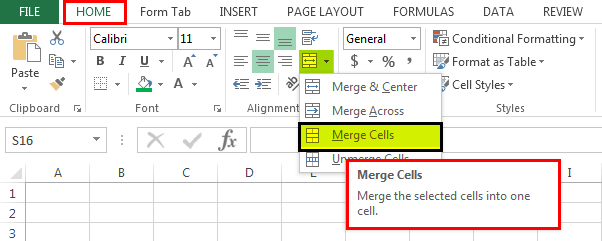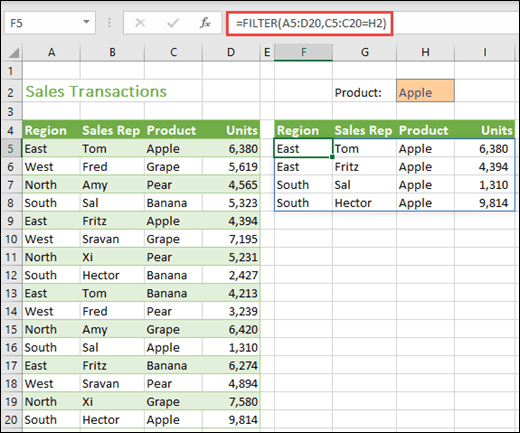

You can click and drag or, if the column is very long, try this: Select the first cell in the column, hold down the shift key, and double-click on the lower border of the selected cell: Excel will extend the selection downward until it encounters an empty cell. Start by selecting the column of labels or other data you want to transpose. Rather than cut and paste them one at a time to their correct position, why not flip the column of data through 90 degrees using the Paste Special/Transpose option? You distractedly type in a whole series of labels, then realize that you meant them to go across a row, and not down a column. You can also find this on the Formulas tab of the Ribbon. It may be that someone has inadvertently replaced one of the formulas with a value they calculated by hand. This trick is particularly useful if you're auditing a shared spreadsheet, for example, to see why some calculated cells in one column are not updating when you change the inputs in another.

But there is a way to see all the formulas in a worksheet at once: You can toggle the display between formulas and values by hitting Ctrl+` – that's a backtick, the symbol found to the left of the 1 key on U.S. If you have a lot of cells to check, that's going to take you a while. If you want to check your work, you can always click on a cell to see the formula behind the cell's value it will be displayed in the formula bar, between the ribbon and the worksheet. The default display mode in Excel shows you the results of formulas, so a column of sales figures ends in your total sales for the month, not a truncated formula beginning =SUM(D2.


 0 kommentar(er)
0 kommentar(er)
